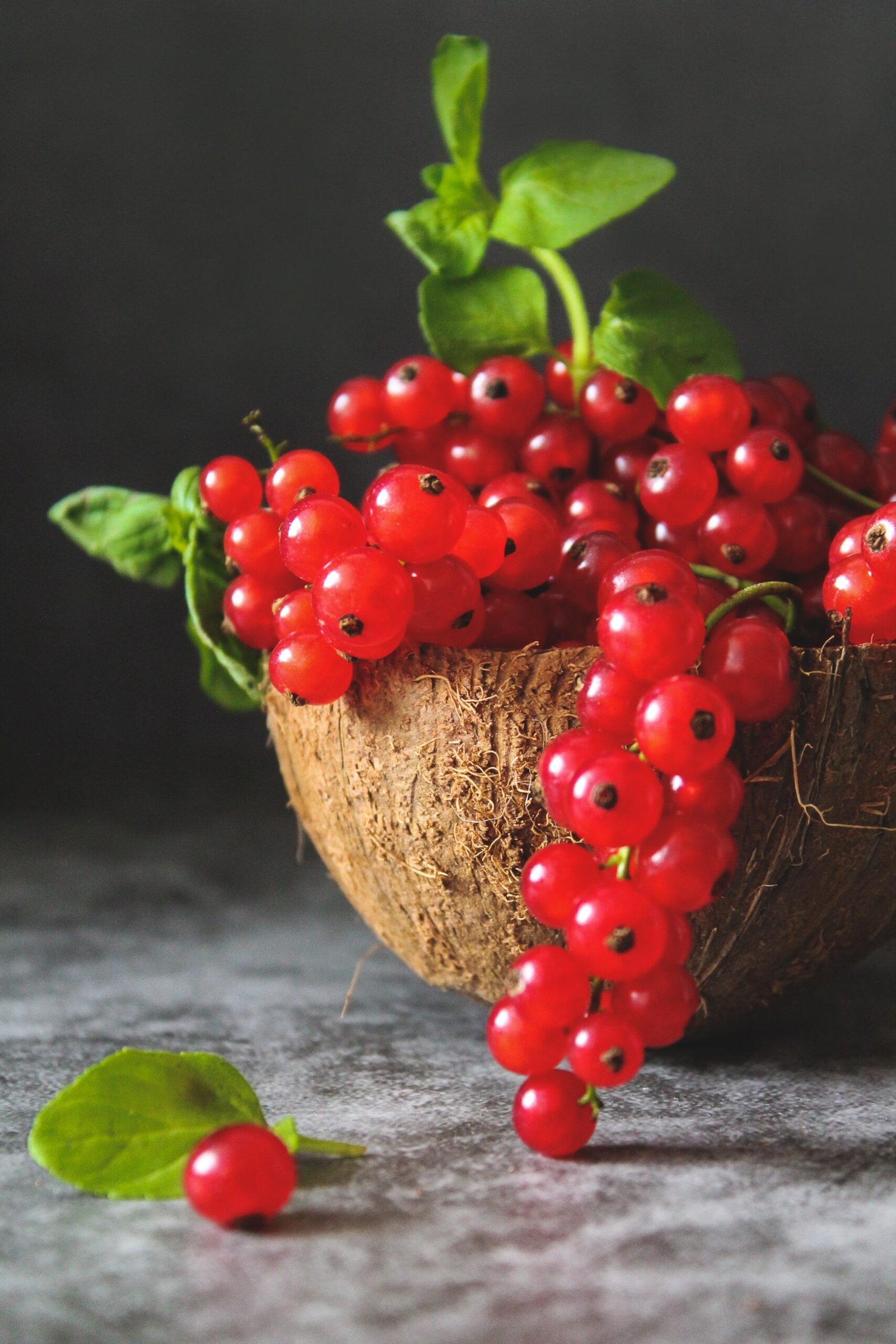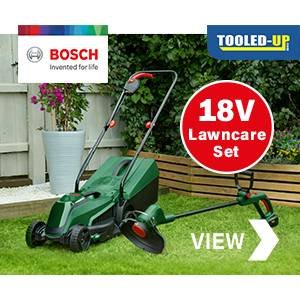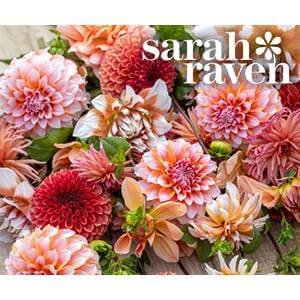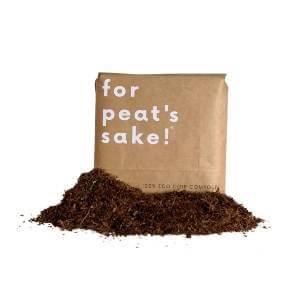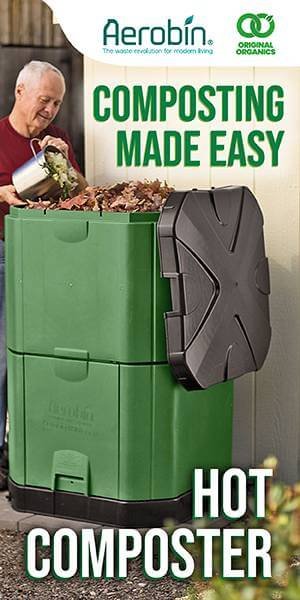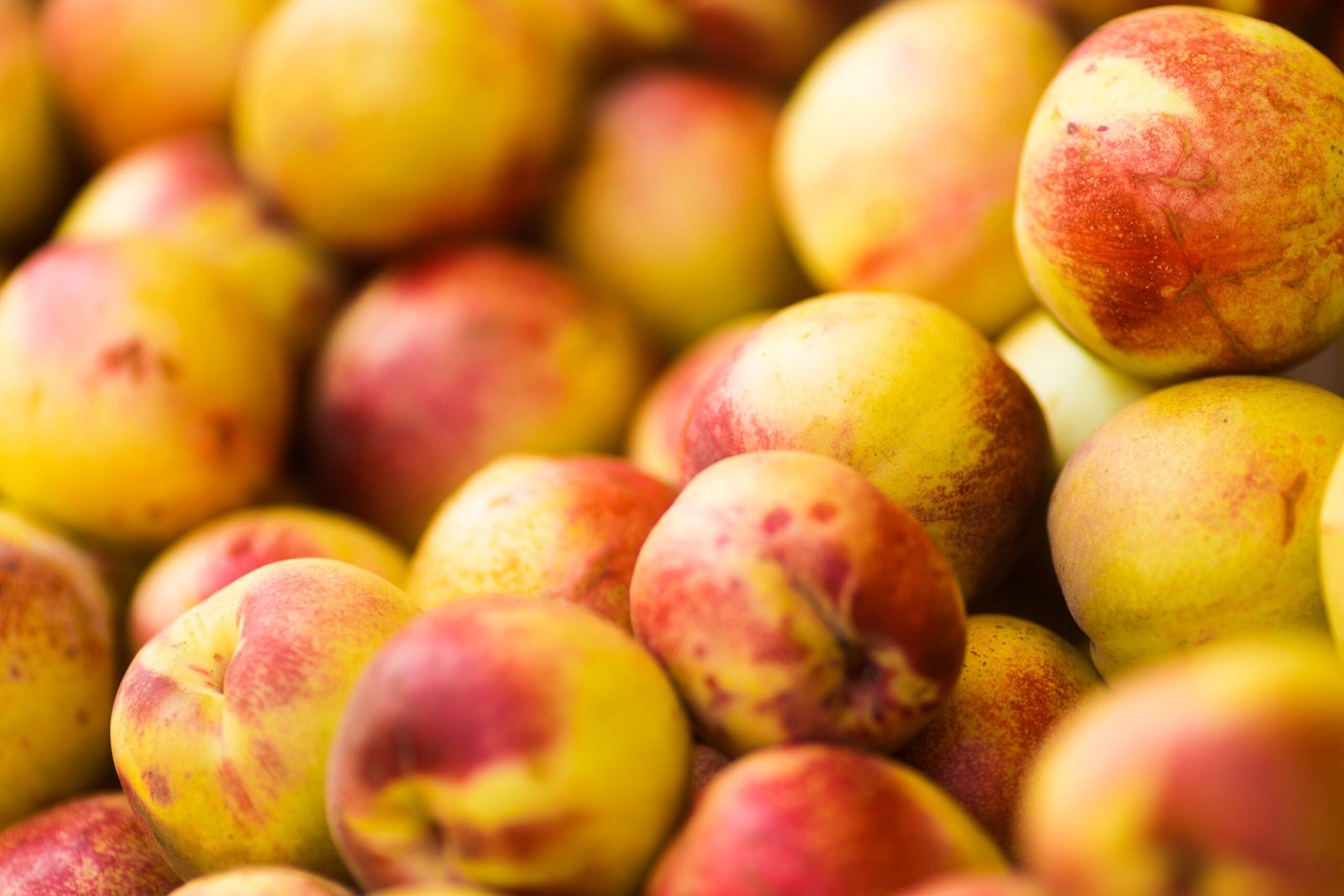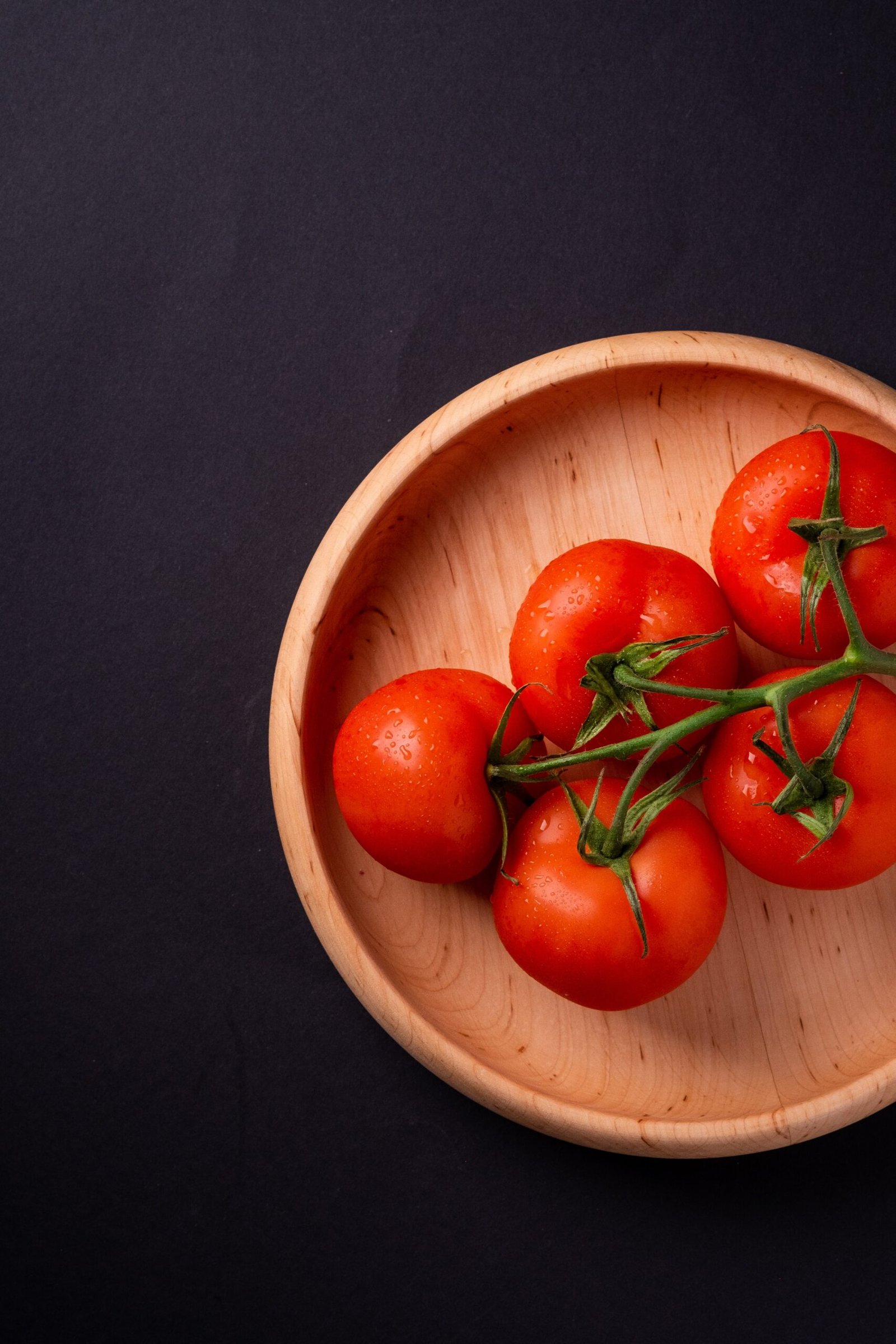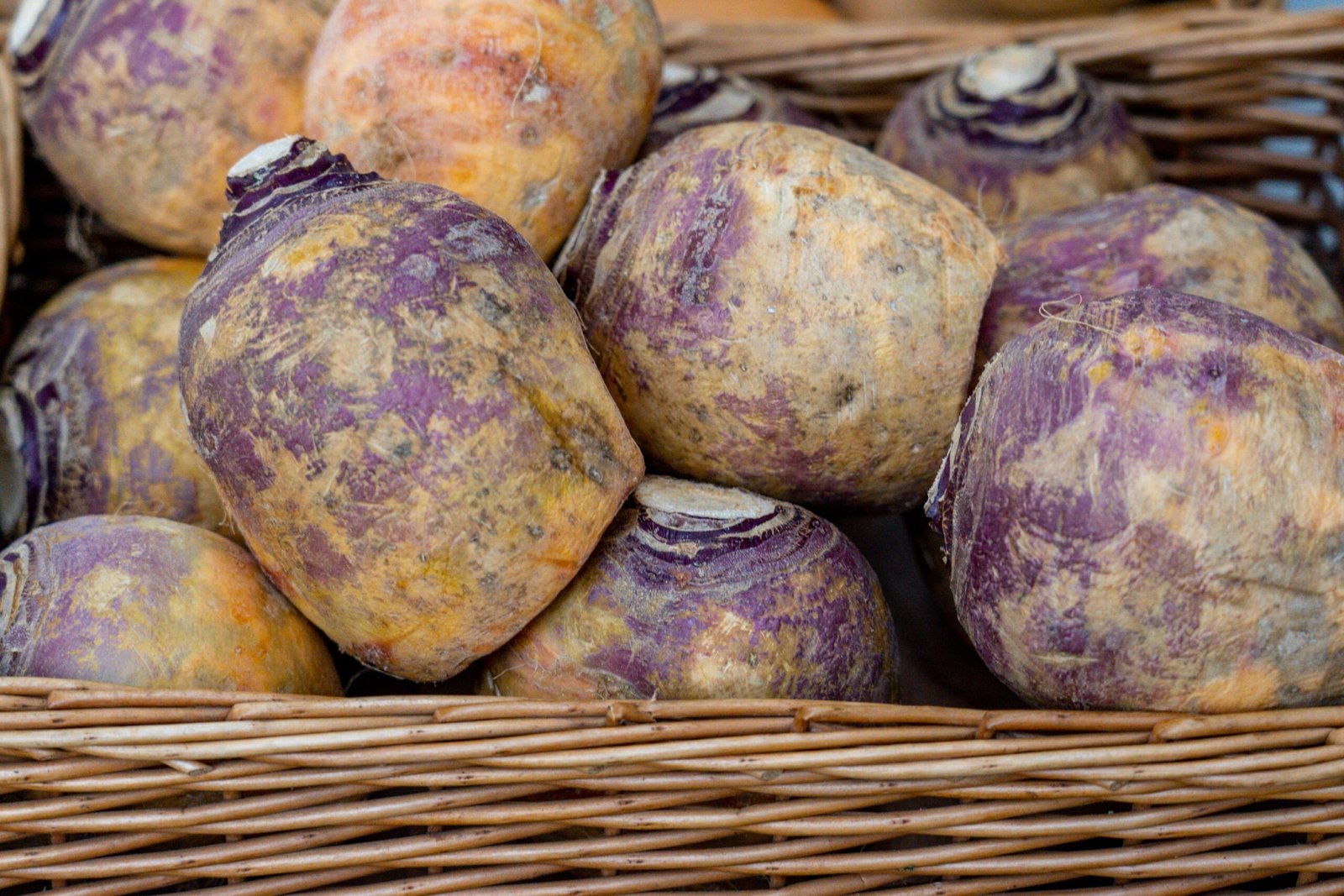Introduction
Welcome to our ultimate guide on growing redcurrants at home in the UK! Whether you’re an experienced gardener or a beginner, this step-by-step guide will help you cultivate delicious redcurrants right in your own backyard. With their tangy flavor and versatility, redcurrants are a fantastic addition to any garden. Let’s dive in!
Why Should I Grow Redcurrants?
There are plenty of reasons to grow redcurrants. Not only are they packed with vitamins and antioxidants, but they also add a burst of color to your garden. Redcurrants can be used in a variety of culinary creations, from jams and jellies to pies and desserts. Plus, growing your own redcurrants allows you to enjoy the freshest, most flavorful berries right at your doorstep.
Where is the Ideal Location to Grow Redcurrants?
Redcurrants thrive in a sunny location, so choose a spot in your garden that receives at least six hours of direct sunlight each day. They can also tolerate partial shade, but full sun is preferable. Additionally, redcurrants prefer a sheltered spot, away from strong winds.
Soil Type and Preparing the Soil
Redcurrants prefer well-drained soil that is rich in organic matter. Before planting, prepare the soil by removing any weeds and incorporating compost or well-rotted manure. This will help improve the soil’s fertility and drainage. Aim for a pH level between 6 and 6.5, slightly acidic to neutral.
Watering Tips and Hints
Redcurrants have shallow roots, so regular watering is essential, especially during dry spells. Water deeply, ensuring the soil is moist but not waterlogged. Mulching around the base of the plants can help retain moisture and suppress weeds.
Sowing and Planting Redcurrants
Redcurrants are usually propagated from cuttings rather than seeds. You can purchase young plants from nurseries or propagate your own from hardwood cuttings. Plant them in late autumn or early spring, spacing them around 1.5 meters apart. Dig a hole slightly larger than the root ball and backfill with soil, firming it gently around the plant.
How to Plant Out Redcurrants – General Care for Redcurrants
Redcurrants can be planted against a wall or fence, or in rows. Ensure they have enough space to grow and receive adequate airflow. Regularly check for pests and diseases, and prune annually to encourage new growth. Applying a balanced fertilizer in early spring will also help promote healthy growth.
How to Harvest Redcurrants
Redcurrants are ready for harvest in mid-summer when the berries are firm and fully colored. Simply grasp the berry bunches and gently pull them away from the stem. Avoid squeezing the berries too hard, as they are delicate and can easily burst.
How to Store Redcurrants
Redcurrants are best enjoyed fresh, but if you have an abundance, they can be stored in the refrigerator for up to one week. Alternatively, you can freeze them for later use. Spread the berries on a baking tray and freeze them individually before transferring them to a freezer-safe container.
Problems in Growing Redcurrants, Including Common Pests and Diseases
Redcurrants are generally hardy, but they can be susceptible to certain pests and diseases. Aphids, currant blister aphids, and gooseberry sawfly are common pests to watch out for. Powdery mildew and leaf spot are some of the diseases that can affect redcurrants. Regular inspection and prompt action can help prevent and control these issues.
Where to Buy Redcurrants
You can purchase redcurrant plants from local nurseries, garden centers, or online suppliers. Look for reputable sources that offer healthy, disease-free plants.
What are the Best Redcurrant Varieties to Grow and Why?
There are several redcurrant varieties to choose from, each with its own unique flavor and characteristics. Some popular varieties in the UK include ‘Jonkheer van Tets,’ ‘Rovada,’ and ‘Red Lake.’ Consider factors such as taste, yield, and disease resistance when selecting the best variety for your garden.
What Tools Will I Need to Grow Redcurrants?
Fortunately, growing redcurrants doesn’t require a vast array of tools. You’ll need a good pair of pruning shears, a trowel for planting, and a watering can or hose for irrigation. Additionally, having a garden fork and a rake will come in handy for soil preparation and maintenance.
Conclusion
Growing redcurrants at home in the UK is a rewarding experience that allows you to enjoy the freshest berries right from your garden. By following the steps outlined in this guide, providing the ideal growing conditions, and caring for your plants, you’ll be harvesting delicious redcurrants in no time. Get ready to savor the tangy goodness of these versatile berries!
Frequently Asked Questions
Q: Can I grow redcurrants in pots?
A: Yes, redcurrants can be grown in pots as long as they have enough space and receive adequate sunlight.
Q: How long does it take for redcurrants to mature?
A: Redcurrant plants typically start producing fruit within two to three years after planting.
Q: Can I grow redcurrants against a wall?
A: Yes, growing redcurrants against a wall or fence can provide them with extra protection and support.
Keywords: growing redcurrants, growing redcurrants uk, growing redcurrants in pots, conditions for growing redcurrants, growing redcurrants against a wall, growing redcurrants at home

